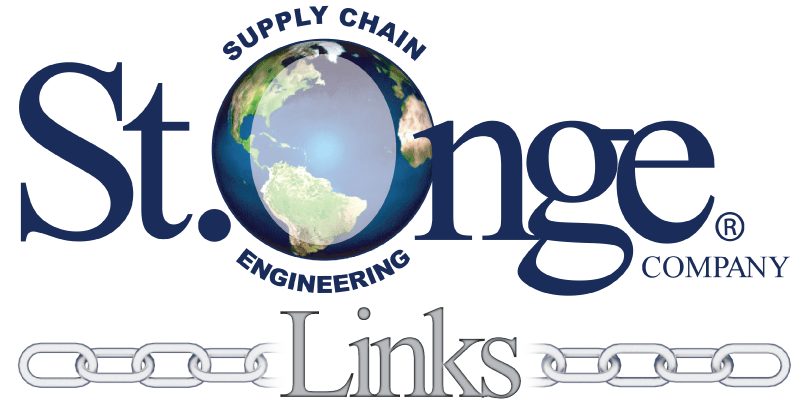 Strengthening your supply chain one link at a time.
Strengthening your supply chain one link at a time.
The Question
As technology and innovation continue to expand the capabilities of the distribution work stream, companies are looking to automation to solve the rising labor costs, high turnover, and increasing productivity demands.
While automated solutions can solve some of these demands, they can be expensive and difficult to show a robust ROI. Additionally, not all organizations have the luxury of investing in fully autonomous systems or incorporating new technology into exisiting operations, leaving the question, how do you compete and grow, while driving down costs without breaking the bank?
The Answer
One answer to this question is applicable to all locations that rely on an integrated work place of people and technology to support daily operational goals: a labor management program.
Fact or Fiction
When talking about how a labor management program can keep an organization competitive in today’s market, it is important to understand the facts and fiction often associated with labor management .
Fiction. While a labor management program is often associated with a software solution, this view is extremely limiting in what value a comprehensive labor management program can add to an organization. Labor Management Software (or technology) alone can’t make an organization more productive. In order to capture the full scope of what is possible, it is more accurate to think of a labor management software as one part of a labor management program which can enhance productivity and assist with managing labor metrics and reporting. This system complements standardized processes, automation, layout, shift strategies, optimized storage, replenishment policies, travel paths, slotting, waving/ batching strategies, directed work/zoning logic, as well as performance standards which includes employee assessment and accountability infrastructure.
Fiction. While it is beneficial to have organizational or site engineers support labor management standards, it is not a requirement to get started or improve an existing labor management program. Most program’s success depends more on the creation of a strategy for improvement and an operational leadership team that understands how daily decisions impact the program outcome. To sustain a labor management program, even one with robust standards and software, leaders must understand how to remove barriers (systemic, staffing, non-standard process, exceptions, behavioral gaps, inadequate training, building layout, ergonomics) that impact productivity. As an organization matures, industrial engineers may be hired to support, but often consultants are engaged to create and/or assist with operational assessments, strategic planning, and labor management standard development.
Fact. Labor management is a culture for all levels of an organization. It is essential for all members to understand how a labor management program will benefit the business. Engaging others in the development of a program can assist with brainstorming, support during go live, as well ongoing program maturation.
Fact & Fiction. Implementing labor management can be both, depending on where you start and what you are trying to accomplish… BUT it doesn’t have to break the bank! An operational assessment to identify low hanging fruit with large financial impact can provide a robust ROI with minimal time and resource constraints.
Also, by taking the time to assess and address the operational gaps of the organization, you can maximize the realization of full potential for on-going improvement efforts, including automation.
Next Steps
So now what?
Well, start! Start somewhere.
As with anything new, the hardest step is the first step. With some strategic planning, an organization can chart the course of operational excellence through a labor management program that includes a sustainable foundation, integrated systems, optimized processes, and engaged people to manage metrics, output, and organizational productivity.
Can’t invest in a new system?
Examine how you can make the exisiting system better.
Aren’t ready to have a policy?
Start by creating a way to provide feedback & training to employees for productivity improvements.
Can’t support engineered standards?
Develop UPH goals or reasonable expectations.
Have standards but not employee engagement or the ability to support an incentive program?
Explore non-monetary incentives as a way to engage and encourage employees.
Not sure where to focus the efforts?
Watch the operation. Talk to employees and leaders to discover problems they encounter.
In summary, a labor management program doesn’t have to be complicated to be effective and help a business stay competitive. By examining the factors that contribute to an organization’s ability to reach their full potential, operations can increase productivity, decrease costs, and keep the bank intact.
—Dawnya Brown, St. Onge Company